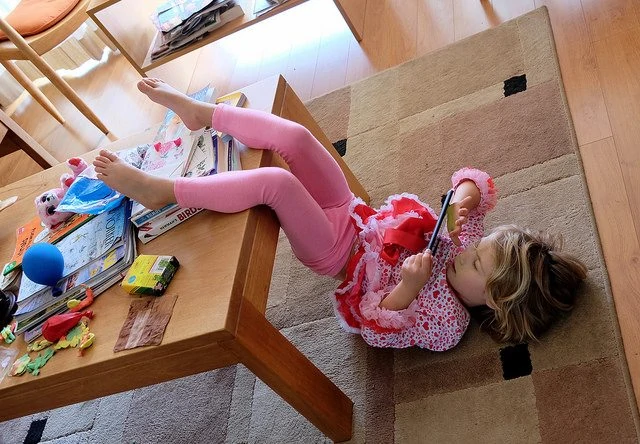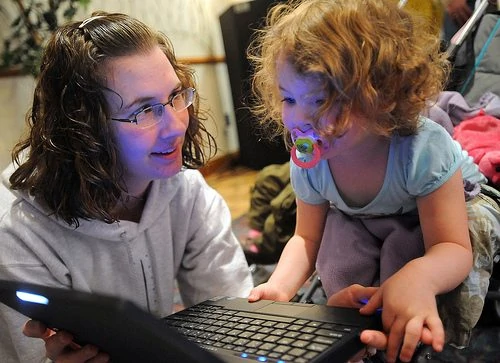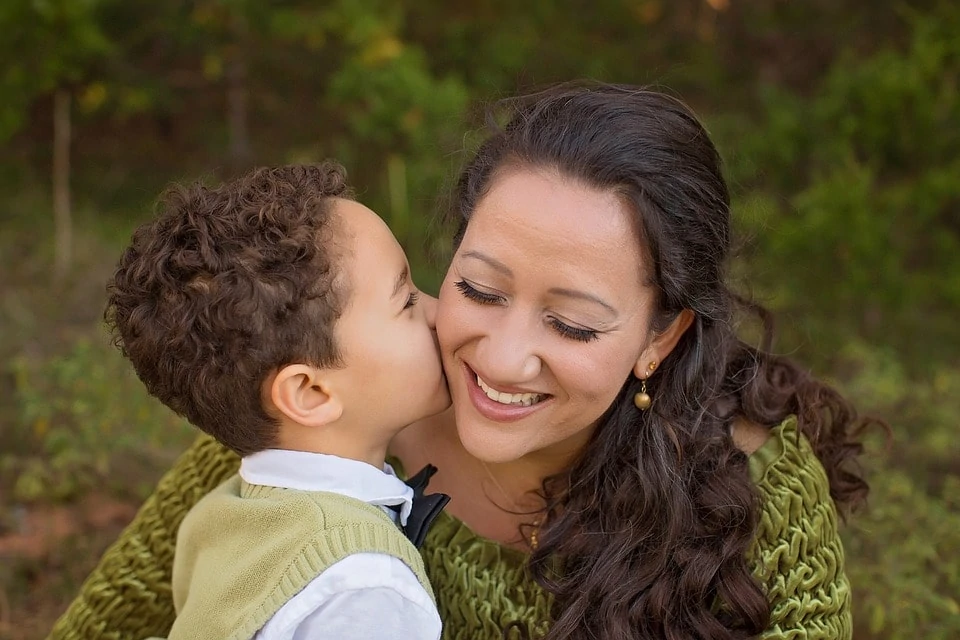
When a child is upset, they rely on a parent or other caregiving adult to guide them through the emotion. If the adult gets upset, it only increases the child’s distress.
Imagine being on a ship in a wild, violent storm. You’re scared. You look to the captain for reassurance – someone who’s had experience in this kind of situation, who knows what to do to guide the ship safely through. But the captain looks just as distressed on the outside as you feel instead.
How’s your fear now?
Barriers to Calm
Any number of things can interfere with our staying calm when a child goes into crisis mode: personal triggers, parenting style, stress, guilt, confusion, lack of support.
Because of this, it’s important that we know how to nurture calm in ourselves so we don’t overreact.
In the past, parents often set boundaries with severe consequences – at the expense of listening to their children’s feelings. These days, parents may listen and negotiate too much, giving too much control over to the child.
Calm is the place where we can do both: acknowledging a child’s emotions to validate their feelings and setting boundaries. It’s win-win for parent and child alike.
Creating Consequences, Setting Boundaries
When a child’s behavior upsets us, it’s okay to get mad. It’s not okay to be mean. Maintaining that distinction can take some planning.

This is actually a great strategy in situations where you feel anger taking over, or when guilt or confusion get in the way. Slow down. Breathe. Let your own feelings untangle so your thoughts come more clearly.
And speak out loud to your child to model the strategies you use to manage your emotions. For instance, you can say, “I’m feeling stressed right now, so I’m going to take a walk.” Let them see how strong, unruly feelings can be handled in a calm and positive way.
8 Solutions for Navigating Conflict & Maintaining Calm
- Have a practice that helps you, the parent, calm yourself – something like walking, running, meditation, or yoga.
- Establish some boundaries that are negotiable and others that aren’t. Never negotiate with non-negotiable situations, such as hitting and kicking.
- Identify and acknowledge feelings with your child. Start early. Begin with phrases such as “it looks like,” “I can see that, “I hear you,” “I get it” – anything that acknowledges and names the child’s feelings.
- Teach tools for managing emotions. Don’t develop a habit of rescuing.
- Lead the child toward taking care of their own feelings. Use language such as, “I see that you’re upset, but you know how to take care of your feelings. If you need my help let me know.” This communicates that they are capable of managing their emotions. Avoid statements like “You are out of control. You have anger issues, etc.”
- When you set a boundary and the child is upset, make a statement that acknowledges their feeling, but hold the boundary – for instance, “I can see it makes you sad that you can’t have another cookie, but you’ve had enough. What can you do to take care of your sad feelings?” or “Yes, I know you don’t like it when I go out with my friends and that staying with a babysitter is not your favorite thing. What can you do to get through the night and have a good time?” Such statements acknowledge the feelings but communicate to the child that they can handle the situation. This builds self-esteem and confidence.
- Develop a clear list of consequences for breaking non-negotiable rules, so when a child does something, you know what the consequences will be. It’s hard to think of consequences under stress, and parents make threats that they will not keep (“You’re grounded for life!”). This reduces your power as a parent. Let the child know what the consequences are and follow through.
- When a child is breaking a boundary, repeat the direction once. Don’t spend a lot of time talking to them. If they continue, remind them of the consequence once, then follow through. One large follow through will let the child know you mean it. Yes, it will hurt you, but you can handle it!
Images by Jason O’Halloran & Average Joe,
via Flickr





